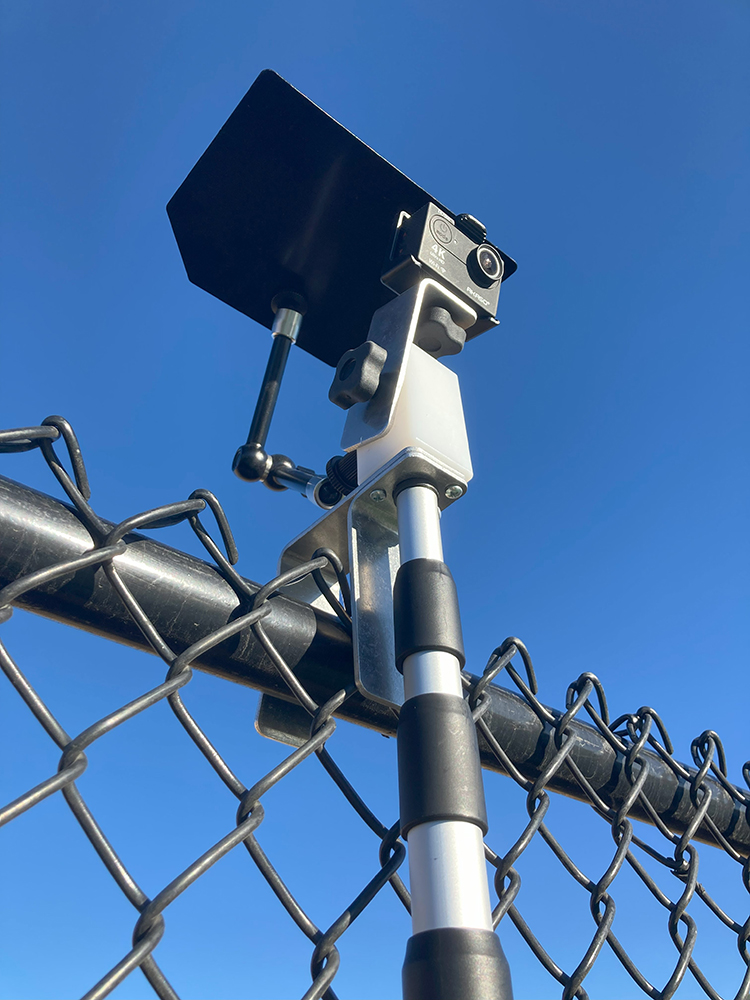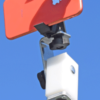Filming or Recording a Tennis Match (or multiple matches) – A Few Tips
I just finished filming multiple tennis matches over the last few days at the Denver City Open Tennis Tournament and it was a lot of fun. Mostly because I had my act together, finally, when it came time to film. It’s amazing how enjoyable it can be when the cameras are up and you just watch the matches and talk with your friends. But if you aren’t prepared, it can be a nightmare, trying to find the right SD card or a charged battery.
So, here’s some of the things I’ve learned over the years of filming tournaments.
- Even if you only have one tennis match to film, get ready the day before.
- Make sure you have enough SD memory cards and that they are formatted, empty, and ready to go. I put them in each camera and format them in the camera just to make sure.
- Charge all your batteries the night before, , even if you think they are already charged. Batteries can and will go dead over a period of time.
- Get a camera bag that will carry all your gear, with enough pockets to keep every thing separated.
- If you are using multiple cameras of the same type, number them and keep track of which court is which camera. I just use a small piece of paper and some scotch tape.
- On the morning you are filming, get to the tennis courts a little early and set up your camera(s) before the players even come to warm up. That way, they won’t have any distractions with something new – the cameras will just be part of the court. I even start the camera at the beginning of the warm-up so no one even notices it. Of course, the QM-1 is about as un-obtrusive as you can get, so even though I’ve been known to sneak up on a match and mount my camera, I’d rather have it up there first.
- Seriously consider asking for permission to film the tennis. Okay, his can be a sticky subject. Sometimes its easier to ask forgiveness than to ask for permission. When I’m filming the open level tennis players, they are used to it and have never objected or not given permission when I asked. Most other players don’t mind either. Juniors are another story. In this case, I always ask the parents first. And sometimes they do say no. Learn to live with it.
- Note the time that you start your camera so that you can keep rough track of when either the battery or the card will run out. In the case of the MUVI K-1, you have about three to three and a half hours of battery time, so for a single match you are probably good and don’t have to worry. Likewise if you have the Pebble Smartstick, you know you have about 7.5 hours of battery life, so you are usually in good shape.
- When you are done filming your tennis match, download the video to your hard drive as soon as possible so that you don’t accidentally erase anything later on. Put the videos in folders with descriptions and dates so that you know what they are sometime down the road.
- Read this blog post on How to Handle Windy Conditions for other thoughts on being prepared (hint: bring a bungee cord).














any tips on filming in a bubble?? I have your device, but bubbles only have side nets/cord.
Hey Brent! Typically most bubbles (around here anyway) have a cord / screen at the back of the court so people can walk behind without disturbing the players. This is where we recommend setting up your camera. If for some reason your courts don’t have this, and only have a side curtain… then you will really need a camera that can see 180 degrees. We haven’t really found a good one yet that is compatible with the QM-1 though. We will look around and see if we can find some! In the meantime, you may just have to settle for filming 1/2 the court.